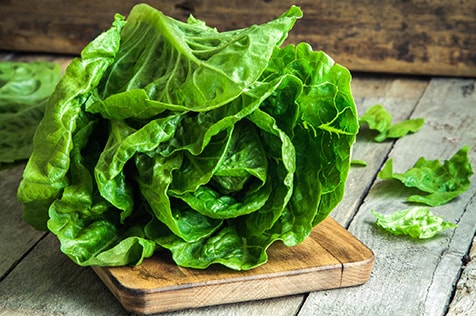Shiga Toxin-producing E. coli and Leafy Greens
Leafy greens, such as romaine lettuce and spinach, are commonly associated with outbreaks of Shiga toxin-producing E. coli (STEC) and other enteric infections. Leafy greens continue to be implicated in outbreaks despite current measures in the food supply chain to prevent and reduce contamination. From 2009 through 2018, 40 STEC outbreaks were linked to leafy greens in the United States and Canada. In 2018, following the largest outbreak of STEC infections linked to leafy greens in several decades, a coalition of government, industry, and academia formed the Romaine Task Force to recommend ways to prevent contamination of romaine lettuce. These recommendations were focused on the quality of water that comes in contact with leafy greens in agricultural settings because contaminated water can spread bacteria such as E. coli. Recommendations were targeted to growers, buyers, and produce trade associations. In March 2020, FDA released the Leafy Greens Action Plan to address prevention, response, and knowledge gaps. Federal public health and regulatory officials are currently summarizing findings from the past decade of outbreaks to identify commonalities and knowledge gaps. CDC is collaborating with FDA, academia, and industry to investigate the factors that contribute to leafy greens contamination.
Currently, CDC is assisting in the industry-level shift towards pro-active prevention of pathogen presence and is exploring how prevention concepts can translate to the level of an individual farm.
Learn about other foodborne, waterborne, and fungal disease prevention priorities.
Shiga Toxin-producing E. coli and Leafy Greens
